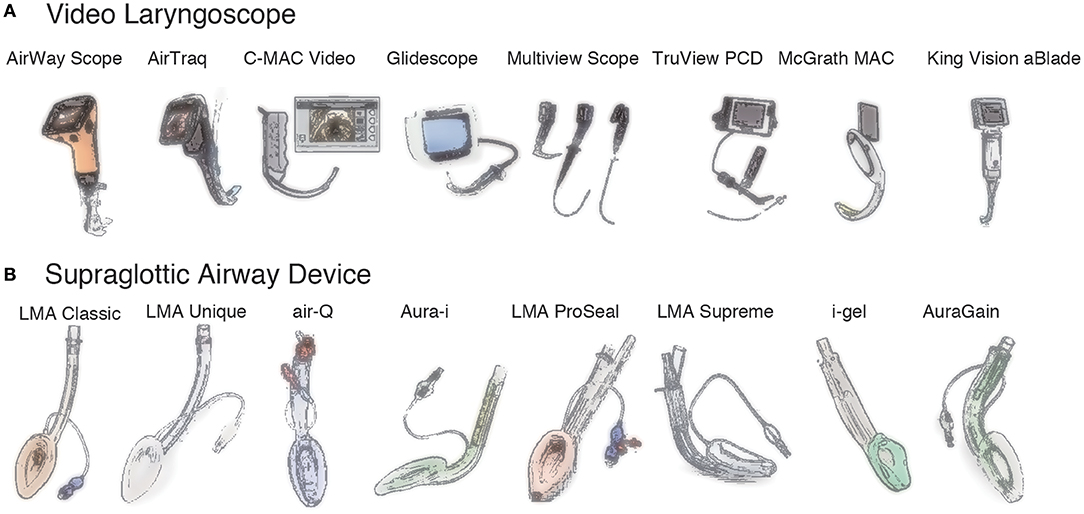
At higher doses, propofol is a profound respiratory depressant (stops your breathing) and may be used to induce unconsciousness for intubation (placement of a breathing tube) and other surgical procedures.

It is often utilized by anesthesiologist for sedation in addition to anxiolytics and analgesics. In lower doses, it induces sleep while allowing a patient to continue breathing on their own. Propofol (Diprivan®) is the most commonly used IV general anesthetic. Intravenous Agents: Propofol (Diprivan®), Ketamine, Etomidate Inhalational Gases: Sevoflurane, Desflurane, Isoflurane This class of medications create amnesia for surgery These can be given either by IV injection or inhaled as a gas. They cause anterograde amnesia, meaning that a patient does not remember the events that follow their administration. General anesthetics are medications that induce and maintain a state of unconsciousness. Lidocaine, mepivicaine, bupivicaine (Marcaine®) and ropivicaine are commonly used for injections at surgical sites or for regional anesthesia (nerve blocks). Benzocaine spray (Hurricaine®) or lidocaine ointment is sometimes utilized to numb the mouth and throat for procedures involving placement of a camera, such as ear, nose and throat (ENT) office procedure or upper gastrointestinal endoscopy (EGDs). Local anesthetics can be injected or sprayed in a small region to create a localized area without sensation, or can be injected next to major nerves to decrease the sensation to an entire limb. These are also commonly known as “numbing agents”. Local anesthetics are medications that block the conduction of impulses in nerves that relay pain signals. In children, midazolam can be given orally as a liquid or nasal, as a spray, prior to a procedure. Anesthesiologists commonly give midazolam (Versed®) via IV injection for this purpose. These medications are usually given pre-operatively to relax a patient before getting to the operating room. They may also cause anterograde amnesia, where the patient does not remember the events following the administration of the medication, typically for a few hours. In higher doses, they can also be used to induce sleep.

It is important that a patient is monitored carefully during the administration of these medications, as they can reduce the drive to breathe.Īnxiolytics are medications that help to reduce or alleviate anxiety and relax the body. Anesthesiologists administer these drugs intra-operative (during surgery) and post-operatively (after surgery) to help control pain. Some of the commonly utilized narcotics include morphine, fentanyl, hydromorphone (Dilaudid®), merperidine (Demerol®) and oxycodone (Ox圜ontin®). These drugs can be administered by several different modalities, including IV, oral or transdermal (skin patch).

Airway Management for General Anesthesia.FAQ – Frequently Asked Questions for Sedation Dentistry.Preanesthesia Instructions For Sedation Dentistry.Anesthesia for Pediatric Dental Surgery – Surgery Center.FAQ – Frequently Asked Questions in Pediatric Anesthesia.


 0 kommentar(er)
0 kommentar(er)
